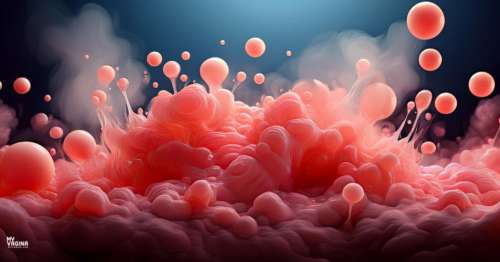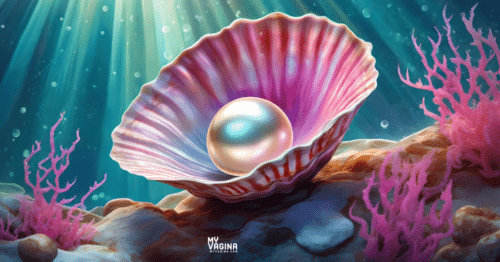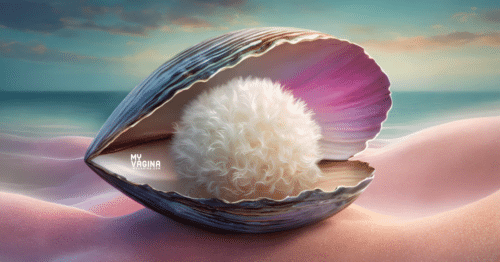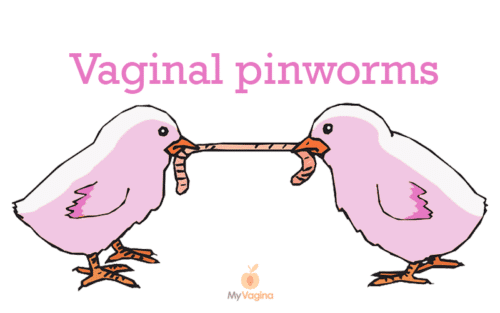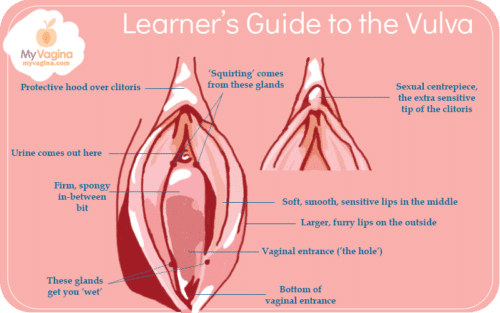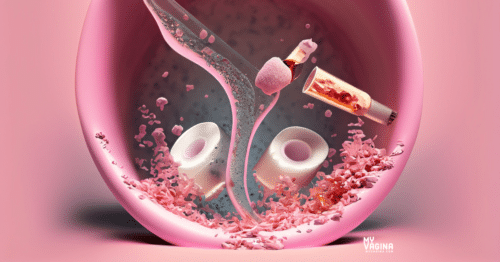Navigating the care of a small child’s body isn’t always easy or straightforward, especially if you are not just new to a child’s vagina, but vaginas in general.
There are the main handful of concerns for parents, with each concern typically connected to a certain age group of child.
We’ve split this section up into age groups, so it’s easier to find what you need.
A great place to start if you’re a bit lost is Gynaecology in children and babies, how children’s vaginas differ to adult women’s, and our special section just for dads.
Doing right by your child
- Make sure your child has a good relationship with your family doctor or get a new doctor. A female doctor may be preferable.
- If your child complains about a practitioner, get a new one – trust is imperative. It doesn’t matter who’s right.
- Listen to your child’s problems and be kind. You don’t always have to solve things, she may just need your ear. Making an effort to listen and understand goes a long way.
The vulva and vagina through ages and changes
An overview of how your vulva and vagina changes throughout your life, from being a newborn to old age.
Vulvar eczema
Vulvar eczema is an immune system response that appears on the skin to an irritant or allergen internally or externally.
Vagina and penis are not dirty words: teaching kids about their bodies
Conservative approaches to naming body parts - including genitals - are having a negative impact on our kids.


